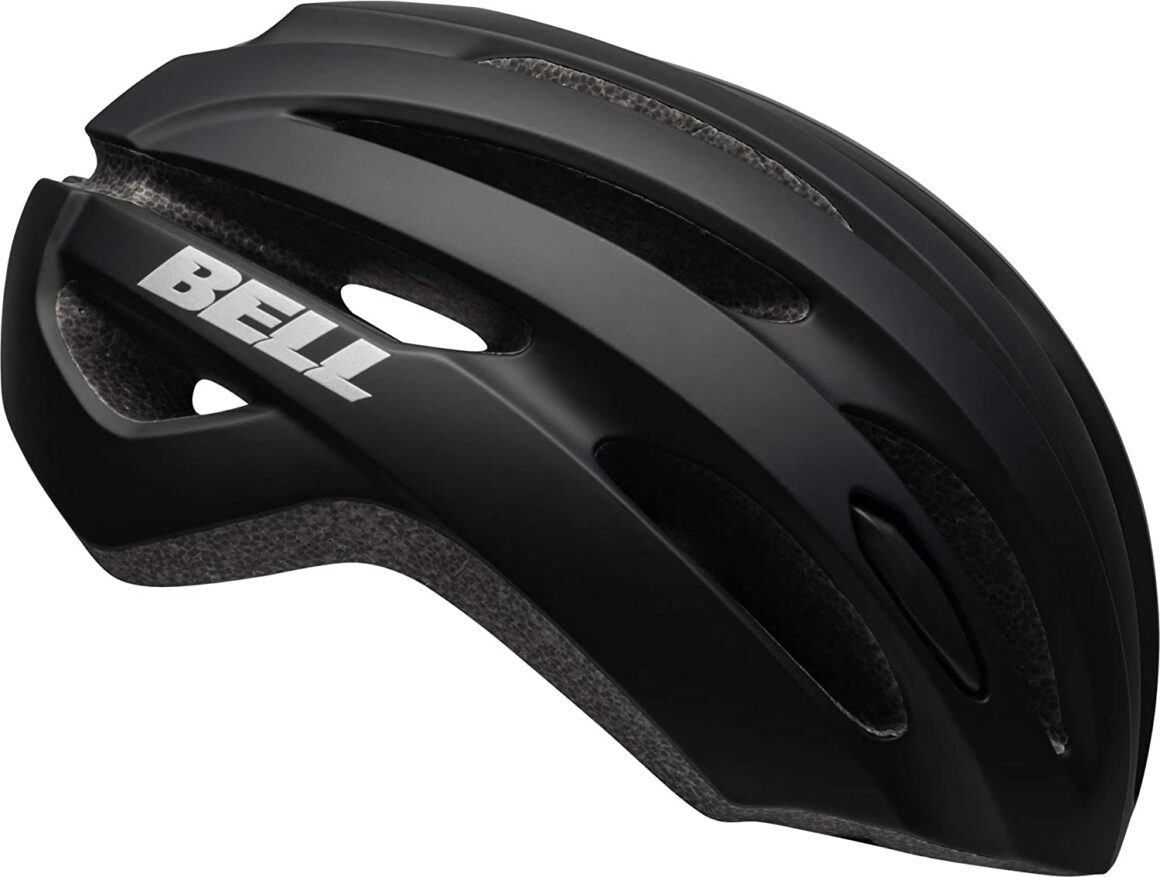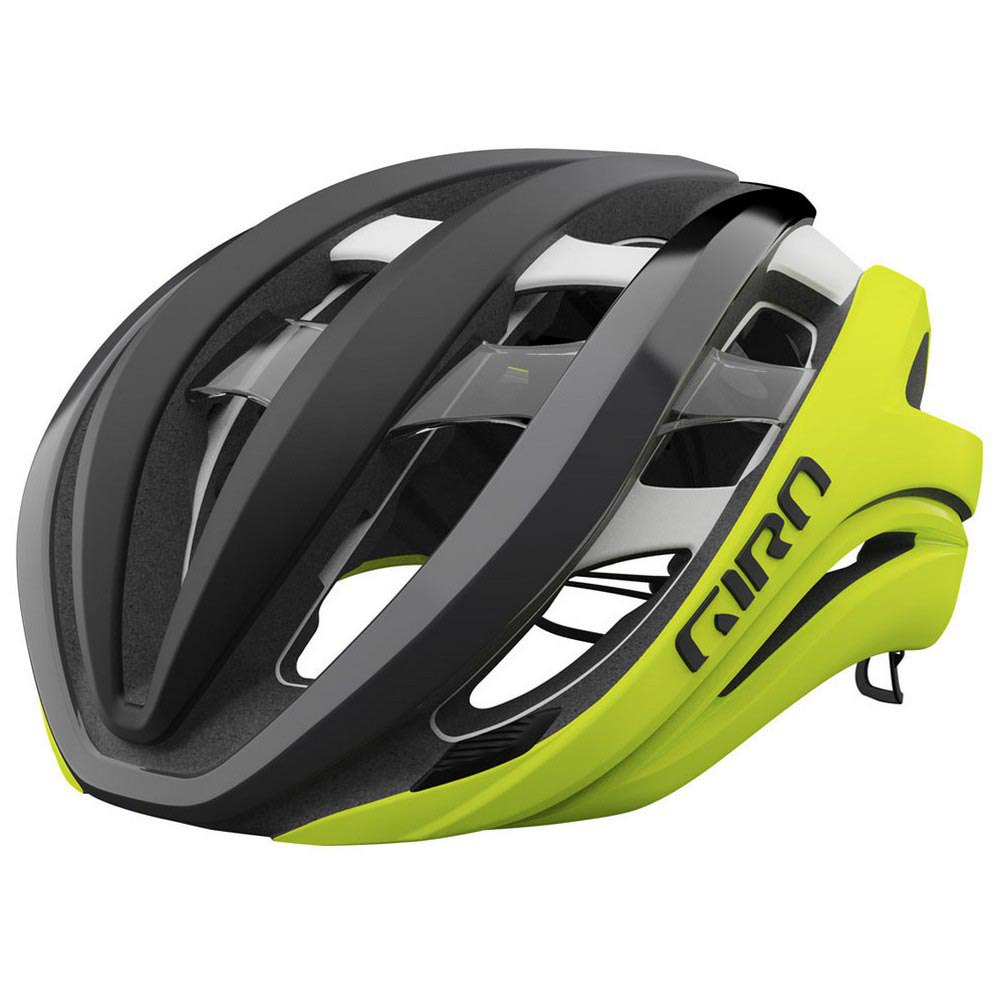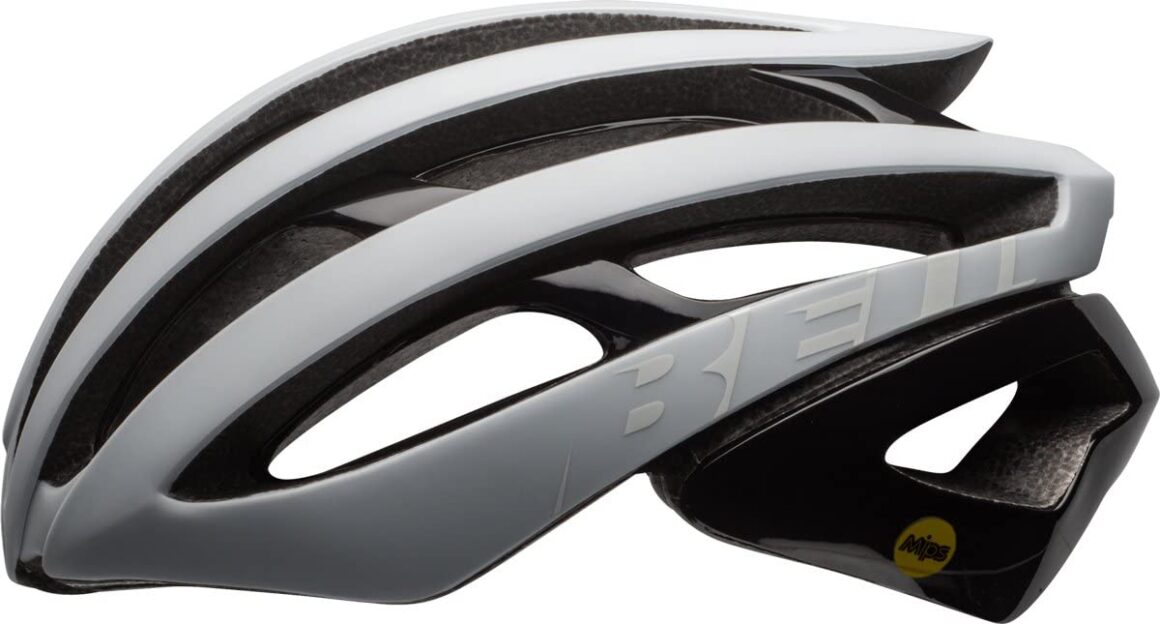Table of Contents
The initial phase in purchasing a protective cap is deciding how you will use it. On the off chance that you like unruly paths and huge air, think about either a path or enduro model, which will have more prominent insurance for the rear of your head than a street style cap, which will in general focus on ventilation and weight over the added side and back security.
Downhill head protectors have jawline bars—some of which are removable—for significantly more assurance. Street and cross-country (XC) off-road bicycle head protectors are light and amazingly all around ventilated, yet may not have the additional security of trail caps. They ordinarily don’t have a visor or are intended to oblige goggles.
A few head protectors are planned in view of workers. They will, in general, be somewhat harder, to face the crude maltreatment that embodies metropolitan use, and frequently have highlights like light clasps or even inherent lighting. They generally have somewhat less ventilation than street caps and, obviously, a more easygoing taste.
It has been thirty years since wearing a cap while street trekking in the US turned out to be pretty much compulsory. Normally, being security cognizant, we are all for wearing a head protector any time your rump contacts your seat. Notwithstanding, when the time has come to purchase your first cap or update from your old one, the decisions can appear to be interminable, with each organization flaunting its own wellbeing highlights and a clothing rundown of exclusive innovations. Normally, they all claim that theirs is awesome.
To help slice through this commotion, our audit of the best street bicycle caps of 2021 will assist you with picking the best street bicycle head protector for your needs and needs, be they centered around wellbeing, weight, comfort, ventilation, optimal design, worth, or a mix of these components.
Bell Avenue MIPS
Sometime in the past MIPS innovation held a critical premium and was utilized only in the most costly of caps. Those occasions are especially previously, with Bell’s Avenue MIPS being an ideal model. Its maintenance framework is not difficult to change and exceptionally compelling, while the polycarbonate shell highlights 18 vents to keep things quite cool just as intelligent features support perceivability. Its 310g weight will be heavier than many head protectors at this cost, yet we believe it’s a sound compromise when you consider exactly how well this top performs at its cost tag.

The 18-vent shell includes an extreme wearing polycarbonate external and I enjoyed the matt dark colorway I tried. There are intelligent logos and enumerating as an afterthought and back to help keep you seen around evening time. The Avenue probably won’t have the little refinements of a portion of the more costly MIPS caps available, however, the presentation, easy-to-use highlights, and top-end security make it a remarkable worth.
The vents, alongside internal diverting, worked really hard of pulling air in and streaming over the head to keep you cool on warm days. The back dial maintenance framework made for simple fitting and Bell has utilized delicate webbing as an afterthought tie. These likewise highlight intelligent specifying and the no-turn tri-floats made it simple to get the ideal fit around the ears.
Pros and Cons of the Bell Avenue MIPS
PROS | CONS |
| Reasonable in Price | Not lightweight |
| User Friendly |
No products found.
Giro Aether
One thing you will not find in the Aether: MIPS. At any rate, not MIPS as far as you might be concerned.

MIPS–Multi-Directional Impact Protection System–is a sliding layer inside the head protector professed to diminish powers on the cerebrum in certain effects by diverting or engrossing energy. On the off chance that you’ve looked for a cap as of late, you realize MIPS is all over, remembering for the majority of Giro’s head protectors. The Aether utilizes an exclusive adaptation of MIPS called MIPS Spherical, which is stowed away from seeing. This new methodology was the consequence of broad testing in Giro’s in-house lab and a little help from the ski-dashing world.
The test lab inside Giro’s Scotts Valley, California, the base camp is a great room. Alluded to as the Dome, it’s a brilliant, tidy-up room loaded up with 50 test apparatuses equipped for executing many tests, banks of PC screens, and many recreated human heads loaded up with sensors that gaze unblinkingly at their victimizers. There’s a little airstream for testing ventilation and streamlined features, and an assortment of machines for dropping, sliding, swinging, and whacking caps. Some are two stories tall; every one of them hammerhead structures with nauseating savagery.
It was in this lab that Giro seriously assessed MIPS: the plastic liner that lives inside protective caps and is professed to decrease the powers on the cerebrum in specific sorts of effects. The organization received the innovation in 2015, however solely after long stretches of doing its own battery of testing to demonstrate that the framework conveyed its guaranteed wellbeing benefits. It was likewise in this lab that Giro created and assessed its cutting-edge security innovation.
Pros and Cons of the Giro Aether
| PROS | CONS |
| Equipped with MIPS. | Very expensive |
| Roc Loc 5+ retention system makes for easy adjustments |
No products found.
Fox Dropframe Pro
The Fox Dropframe Pro might be an open-face head protector, however, it offers almost full-face inclusion. Inclusion begins at the eyebrows and closures about an inch underneath the edge of the occipital bone. There’s additionally liberal inclusion around the sanctuaries, and the cap’s windows secure riders’ ears—without discouraging hearing—and part of the jaw. The Dropframe Pro likewise has a MIPS liner and a double thickness froth liner. There’s a ton of caps here, which appear on the scale. This head protector weighs 524 grams (huge, our scale), where a commonplace path cap is generally around 340 to 380 grams. This is a hotter protective cap: There’s no inner diverting, there are loads of cushioning contacting the rider’s head, and wind currents are simply OK. In any case, the openings around the ears give more cooling than protective caps that cover the ears, so it is a touch stodgy. It’s somewhat weighty and somewhat warm, yet it is agreeable, and additional insurance is welcome.
Security is the Drop Frames most prominent strength. On a continuum from lightweight cross-country head protectors to all-out downhill covers, this model grounds further towards the declining side of things. The EPS shell involves double thickness, sway engrossing froth, and gives definitely more inclusion than your standard path protective cap. The shell reaches out far down the rear of the head and drops down around the ears to give additional security from side effects. Fox’s M.O.RE. (Mandibular Occipital Reinforcement) monitor configuration is intended to keep your ears, jaw, and occipital flap safe. On your head, this protective cap feels like Fox’s Proframe full-face model without the jawline bar.

Our test model, the standard Drop Frame, does exclude any sort of rotational effect framework, however for a little upcharge, the Dropframe Pro incorporates MIPS to help shield your head from rotational powers during an effect. We were somewhat baffled to see MIPS excluded from the base model since it is rapidly turning into a standard element on any path head protector deserving at least moderate respect.
The Dropframe is a full-inclusion trail protective cap that plans to satisfy those of us who invest a large portion of our energy on fast, thick, plunges yet at the same time prefer to pedal back to the top. Charged by Fox as an enduro/trail protective cap, this model gives almost a similar inclusion as a full-face head protector without the jaw bar. It doesn’t offer any fit change other than two arrangements of cushions with various thicknesses, notwithstanding, and the estimating is a tad on the little end when contrasted with the remainder of the head protectors in our test. Following half a month crushing down the most specialized path, we found that we appreciated the additional inclusion this head protector gives, however it left us needing better ventilation when the path turned around tough.
Pros and Cons of the Fox Dropframe Pro
| PROS | CONS |
| Lots of protection | Fixed Visor |
No products found.
Bell Zephyr MIPS
For riders who need more solace than that offered by Bell’s air upgraded Star, there’s the Zephyr (or the Z20 MIPS as it’s known in the US). It’s an incredible decision, giving you can stomach the expense. Being planned as a team with security pioneers MIPS, the Zephyr’s airstream improved shell utilizes the MIPS liner in a manner that doesn’t bargain the cover’s cooling.
The air advanced Star with its incorporated eye shield best Bell’s reach, and keeping in mind that noteworthy its sole design is wind-cheating for air-centered riders. For the more perseverance orientated, the Zephyr has attention on solace and security. The fit is amazing gratitude to its somewhat adjusted shape and new buoy fit maintenance framework that offers 22mm of vertical change. This makes fitting the support to your occipital projection (visual handling focal point of the mind, situated at the back of the skull) simple and agreeable. Neoprene cushions clung to the support further upgrade the incredible fit.

MIPS (Multi-directional Impact Protection System) is a licensed plan that utilizations slip-plane innovation intended to decrease rotational powers that can emerge out of calculated effects, so the cap slides comparative with the development of the head. Head protector organizations don’t legitimately guarantee that MIPS is more secure than a standard cap yet the organization behind it — MIPS scholarly plans are authorized to cap producers — has positively done its exploration and anything that should make things more secure is acceptable with us.
The drawback to MIPS is that it’s normally an extra part embedded under the maintenance framework, which can bargain cooling, however, this is the place where Bell has been sharp. By working in association with MIPS, Bell has coordinated its splendidly movable support framework with a skeletal plan MIPS move confine so the Zephyr doesn’t have any such cooling settles. It feels as light and vaporous as a 315g (enormous) head protector ought to.
The insignificant yet very much positioned and launderable X-Static cushions add to the flush and free feel of the Zephyr, making this one of the best street covers I’ve at any point attempted. The lightweight lashes sit level, the completion is perfect and conveniently done and the blend of level matt tones and gleam featured downplayed logos all add to the quality. The Zephyr is likewise offered in a completely intelligent ‘Apparition’ shading choice. There are a couple of territories of uncovered center on the lower edges, so you’ll be mindful so as not to drop it, but rather that niggle aside this is extraordinary compared to other performing tops around.
Pros and cons of the Bell Zephyr MIPS
| PROS | CONS |
| Brilliant adjustability | Exposed EPS on the lower edges |
| MIPS protection |
No products found.
Final Verdict on the Best Bike Helmets of 2021
Street bicycle head protectors work correspondingly to off-road bicycle, and other two-wheel, outrageous game situated caps. For the most part, they have included two layers: an external, polycarbonate layer, and an internal layer made of eps froth. The hard plastic external layer ensures the eps froth and permits the head protector to slide, as opposed to getting and whipping your neck around. Then, in case of a hard effect, the eps froth will pound and additionally break, engrossing a portion of the power of the effect. This power assimilation is the principal way that head protectors ensure your cerebrum. Some street bicycle protective caps supplant the eps froth with more thick froth. Epp froth will commonly confront more effects prior to smashing, however, this implies that your head will ingest a greater amount of the power of those effects.
Also, this all implies that a decent protective cap is intended to save your head precisely once. In the event that you took a fall that left you concussed, or left your head protector marked in any capacity, at that point it is really protected to accept that its effect retaining capacities have been undermined and that it ought to be supplanted. A couple of brands effectively elevate their cap’s capacity to hold your shades in the front vents, yet this component can be a genuine reward.
Clearly, cap marks that likewise make shades will in general improve in such a manner, however, try to take your shades with you when you’re looking for another cap so you can check the hold. Magnificence might be entirely subjective, yet it merits thinking about what sort of riding the head protectors you like the appearance of are intended for.
Suppose you like exemplary-looking protective caps with heaps of vent openings; in the event that you live someplace cold, possibly you’d be in an ideal situation with a more air-centered cap with less ventilation and openings for water to leak through. In like manner, the inverse could be valid on the off chance that you live someplace hot; there’s no utilization having a protective cap that is super-quick in the air stream on the off chance that you would prefer not to wear it since it makes your head bubble.


